The chest is adorned with ormolu bronze mounts in hooves, drawer handles with valet figure ornaments, and lock escutcheons with stylized marine animals.
Probably Dutch work
Early 18th century, Late Régence period
Customary restorations
H. 82 x W. 130 x D. 72 cm
With its size, shape, and décor, this impressive chest of drawers cannot leave anyone indifferent. The top of the chest is a masterpiece where geometric shapes, foliage, flower bouquets, and birds are perfectly orchestrated. The cabinetmaker skillfully played with different types of wood, maximizing their aesthetic characteristics and textures, as seen in the use of burl. This burl, used as a background, highlights the composition's complexity and blends seamlessly with the rest of the décor as if it were designed and crafted like the rest of the marquetry (even though it is a natural pattern). Our eyes get lost and delighted by charming details like the compositions of the four different bouquets at the corners, immediately drawn to the bird holding a small white flower in its beak.
The shape of the chest is also noteworthy, first for its extraordinary depth (72 cm) and especially for the play of curves and counter-curves alternating between the drawers, the front posts, and even the sides. This is a true technical feature. Thus, the chest is never perceived as heavy but as an essential piece in the interior. Every detail was considered, such as the fluting that separates the drawers and adds lightness, the small valet figures chosen for the drawer handles, and the amusing hooves on the feet. This is a high-quality chest, evident even when opening the three upper drawers, where the central drawer locks, allowing the other two drawers to close simultaneously in a single movement.









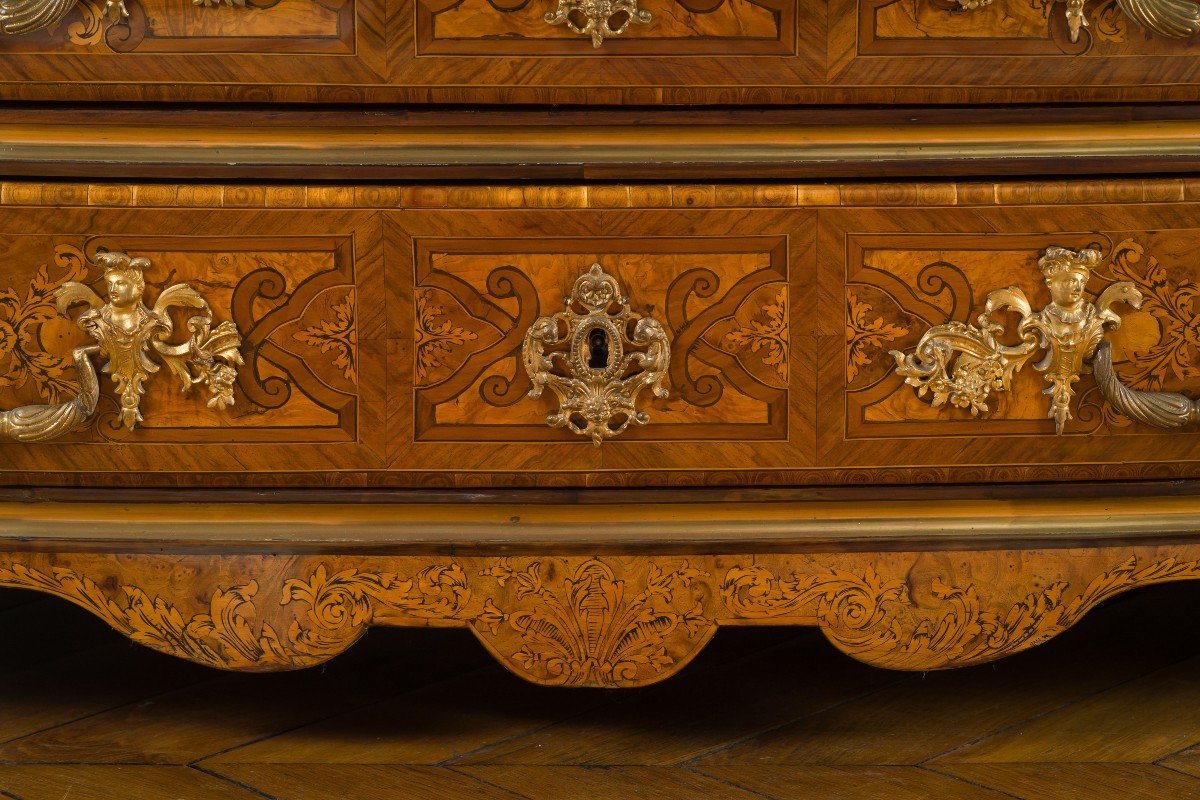




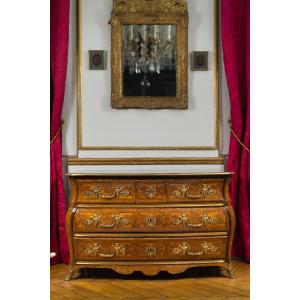













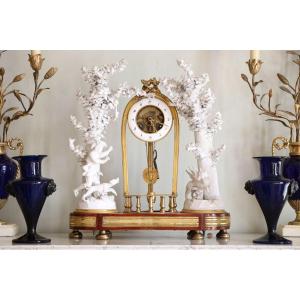

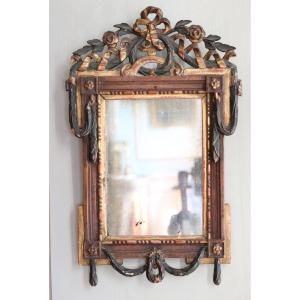
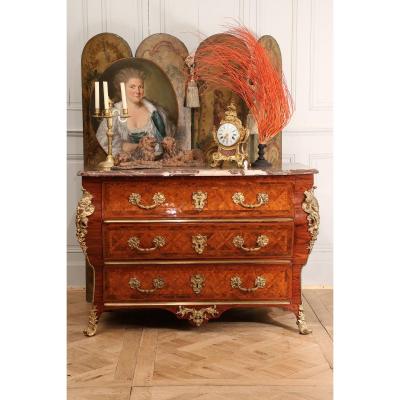



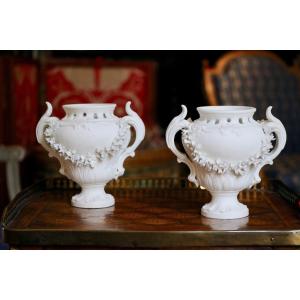
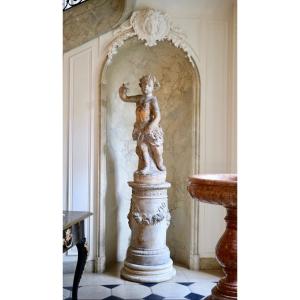

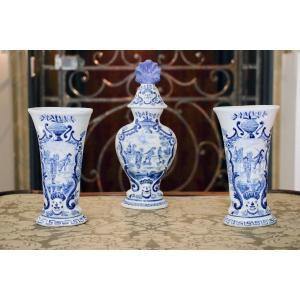
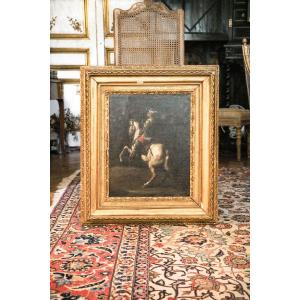

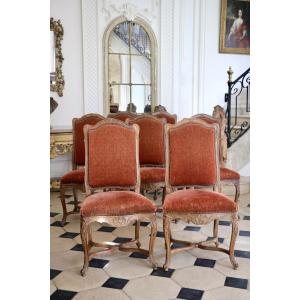

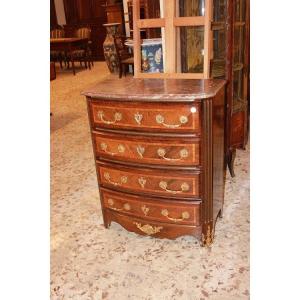
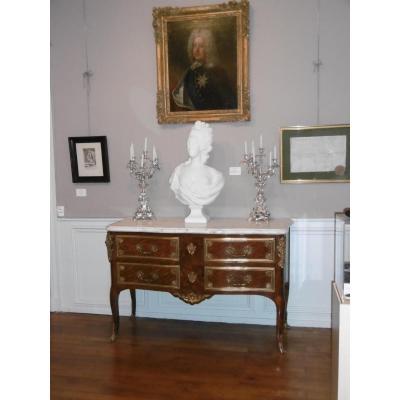

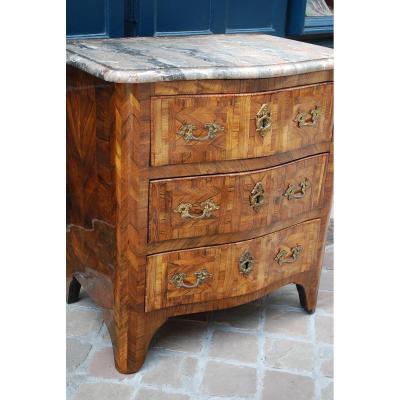



 Le Magazine de PROANTIC
Le Magazine de PROANTIC TRÉSORS Magazine
TRÉSORS Magazine Rivista Artiquariato
Rivista Artiquariato